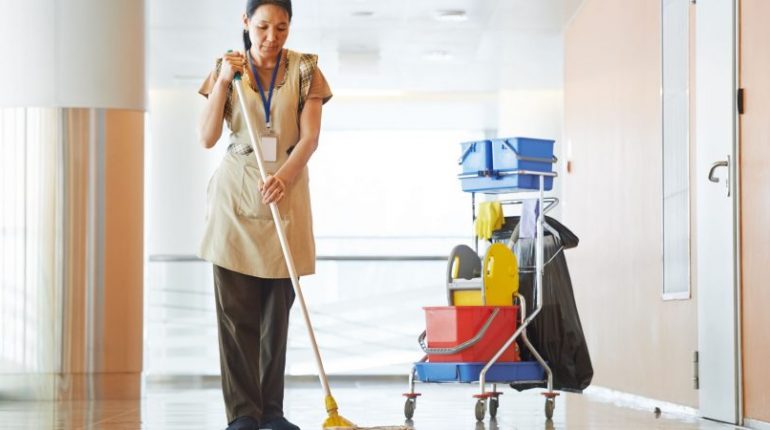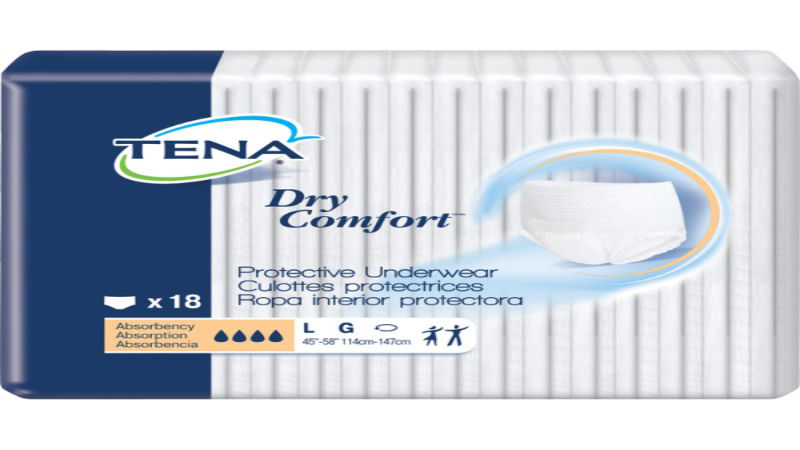Food and beverage producers face increasingly strict regulations with regards to cleaning, disinfecting and sanitizing their facilities. This is good news for the consumer and provides safer food and beverage items to the public. However, it also poses a challenge to processing companies.
Cleaning Residue
Any type of cleaning, disinfecting and sanitizing method can leave residual chemicals or contaminants within the food or beverage processing equipment and systems. These residual chemicals can impact flavor, texture or even shelf-life of the final product.
One simple way to avoid these issues is to use water test strips to determine the level of sanitizers and chemicals in the equipment or the systems after cleaning. This is also true for transport trucks hauling bulk ingredients, for retailers and food preparation areas as well as for restaurants and other areas where food is prepared and served.
Simple and Easy
There are different types of water test strips that can be used. Many companies and businesses will use more than one test strip option to carefully monitor the condition of equipment as well as the water quality used for producing the beverages and food items.
Examples of different options in water test strips can include tests for chlorine, QAC sanitizer as well as for any amount of residual glucose in the equipment. It may also be important to use special test strips to evaluate the pH level of the water or the water hardness when used in the production of food and beverages.
The tests are simply ‘drop tests’ where a sample of water is applied directly to the test strip. The water and any residual chemicals tested for then react with the strip, changing color to indicate the level of these potential contaminants. The pH and water hardness test strips work on the same principle, but they are not used to test for specific residues.







